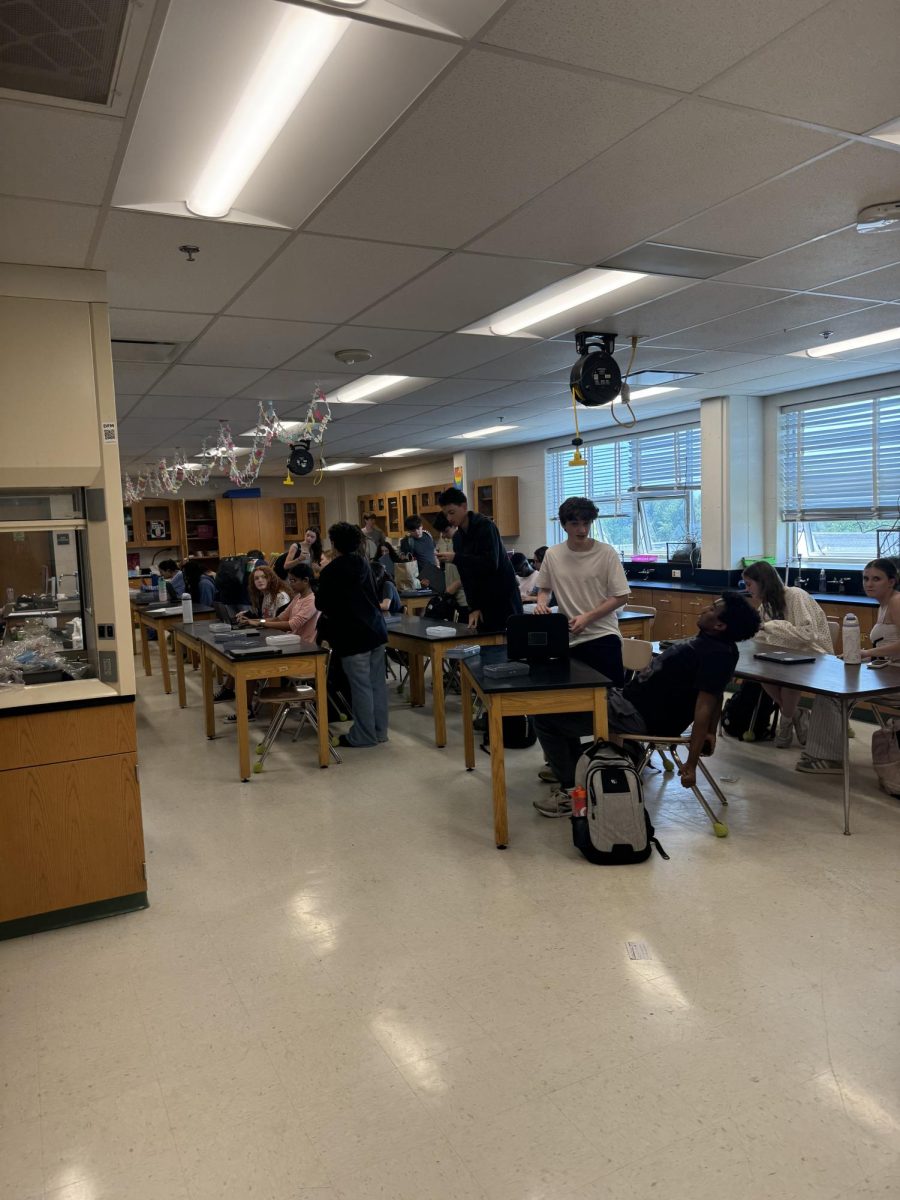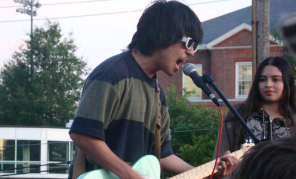For many students, art is a refuge from the stressful day-to-day grind of school and the constant necessity to manage piles of work. However, this catharsis may not always exist when art itself is a part of that coursework, another assignment that must be done in time. Complete freedom and personal expression is often the appeal, so how does the abstract and often undefined nature of art translate into the structured curriculum?
“I think originally people sign up for art classes thinking they are going to be easy, and I know that every one of the art teachers at this school takes their craft and their classes very seriously. Art is hard…it takes an incredible amount of time, care and precision,” art history and photography teacher Daniel Kempner said.
Since the school requires each student to take at least one year of an art credit, many students join the class simply to check off a box, and when confronted with the challenge that art classes come with may shut down. However, this introductory class can also be one where a new passion is discovered.
“I’ve taken ceramics since freshman year, and it’s become an easy class because I’m so passionate about it,” senior Georgia Bardi said.
This passion cannot always be fully realized in the classroom, however. While outside of school, students can spend as much time as they want to perfect a piece, there is a limited amount of time given to each project in order to keep up with a grading schedule.
“Deadlines can end up being a little looser in art classes partly because of the nature of the work. It’s sometimes hard to know when you’re truly done with a piece- there’s always a little more you could do to make it smoother or cleaner, or better,” Bardi said.
At least one teacher has found a way to subvert the sometimes restrictive effect of deadlines on art, by allowing for a return to a finished product later in the course.
“The work should always be pretty well done once it’s submitted, but I also include a portion where they describe what they would revise and improve. Later on in the year, I give them an opportunity to go back and revise their work. I never want [a submission] to be the end of a piece, it’s a living work,” studio art teacher Kristine Hrin said.
Students who create artwork outside of the class may be confronted with a different issue. Their own personal style may have already developed, and they may not be as connected to certain assignments if a certain medium or technique does not mesh with that personal style. To combat this, the same teacher aims to give each student of hers an opportunity to find and express their personal style through her class.
“At the intro level, most projects are skill-based, you’re completing it to learn a skill. So [to balance this] I do a creativity journal, I still want to see direct observation (using real life as a reference) but I want you to experiment with different materials and have your own voice and style. As it gets into 2s and 3s and APs, it really needs to be distinct and deliberate, but at all levels, the creativity journal is the open-ended part of my class,” Hrin said.
While for some their art is part of the core of their identity, for others it is simply intimidating.
“I think there are a lot of kids who are scared of art and think you have to be talented at birth, they think it’s something that’s ingrained. That’s one of the biggest misconceptions; but art is a skill, it’s something that you can learn, something you can improve,” Kempner said.















